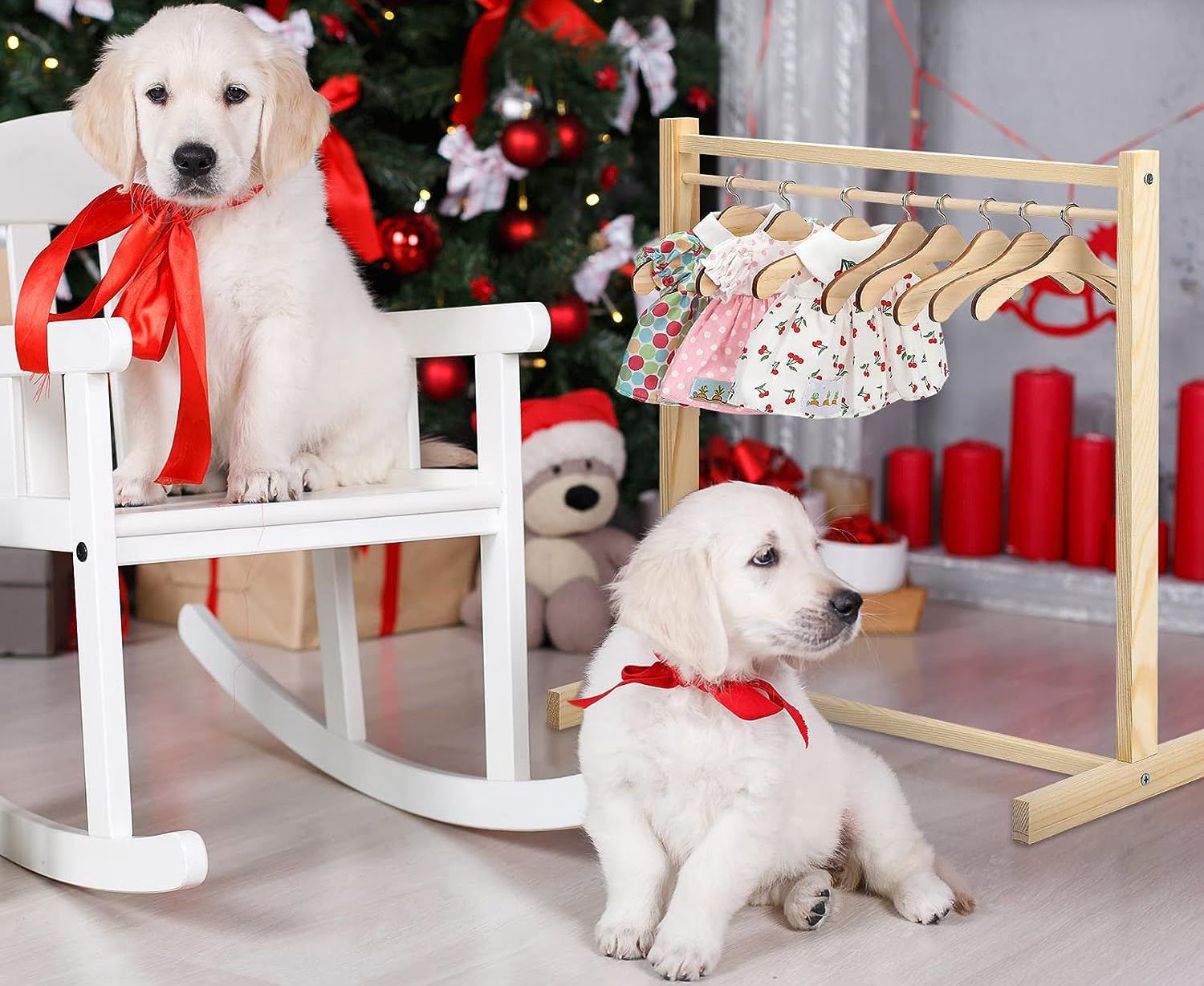

Articles
How To Store Dog Clothes
Modified: January 7, 2024
Learn effective ways to store dog clothes with these helpful articles. Keep your furry friend's wardrobe organized and in good condition.
(Many of the links in this article redirect to a specific reviewed product. Your purchase of these products through affiliate links helps to generate commission for Storables.com, at no extra cost. Learn more)
Introduction
Welcome to the world of fashion for our furry friends! Dog clothes have become increasingly popular, allowing us to dress up our beloved pets in adorable outfits for various occasions. Whether it’s a cozy sweater for the chilly winter months or a cute costume for Halloween, dog clothes can add a touch of style and personality to our furry companions.
But once the occasion has passed or the weather changes, you may find yourself wondering how to store all those dog clothes. Proper storage not only helps keep the clothes in good condition but also ensures they are ready for use when needed.
In this article, we will explore various tips and techniques for effectively storing dog clothes. We’ll discuss the importance of cleanliness, considerations for different storage methods, and how to organize accessories. So, let’s dig in and discover the secrets to keeping your dog’s wardrobe neat and tidy!
Key Takeaways:
- Keep your dog’s clothes clean, organized, and easily accessible by choosing the right storage method, prioritizing cleanliness, and categorizing seasonal items. Embrace dog fashion with these practical tips for a stylish and well-kept wardrobe!
- Ensure your dog’s clothes and accessories remain in pristine condition by following long-term storage tips, organizing accessories, and prioritizing cleanliness. Dress up your furry friend with ease and enjoy the world of dog fashion!
Read more: How To Store Dog Toys
Why Store Dog Clothes
You might be wondering why storing dog clothes is necessary when they can simply be left lying around or thrown into a drawer. However, proper storage plays a crucial role in preserving the quality and lifespan of dog clothes. Here are a few reasons why it’s important to store dog clothes properly:
- Maintain cleanliness: Storing dog clothes helps keep them clean and free from dust, dirt, and pet hair. This is especially important if your dog has been wearing the clothes outdoors or if they have become soiled in any way.
- Prevent damage: By storing dog clothes properly, you prevent them from being damaged by potential hazards such as moisture, pests, or accidental spills. Proper storage helps to prolong the life of the clothes, allowing your furry friend to enjoy them for a longer time.
- Save space: Storing dog clothes in an organized manner helps to save space in your home. Instead of having clothes scattered all over, you can neatly store them in a designated area, keeping your home clutter-free.
- Easier accessibility: When you store dog clothes properly, you can easily locate and retrieve them when needed. This is especially beneficial during seasonal changes or special occasions when you want to dress up your pup.
Remember, dogs can be messy and shedding is inevitable. Properly storing their clothes ensures that they remain fresh, clean, and ready for the next wardrobe change.
Choosing the Right Storage Method
When it comes to storing dog clothes, it’s crucial to choose the right storage method that suits your space, preferences, and the specific needs of the clothes. Here are a few options to consider:
- Drawer or dresser: If you have extra drawer space or a dresser available, this can be a convenient storage option for smaller dog clothes. Fold them neatly and place them in separate compartments to keep them organized.
- Closet: A dedicated section in your closet can be a great storage solution for hanging clothes. Use dog-sized hangers and designate a specific area where you can easily hang the clothes.
- Storage bin: Clear plastic storage bins with lids can be a practical choice for storing dog clothes. Label each bin according to the type of clothing (e.g., sweaters, costumes) to facilitate easy retrieval.
- Vacuum storage bags: Vacuum storage bags can be a space-saving option, especially for bulky items like winter coats. These bags compress the clothes, reducing their size and protecting them from moisture and pests.
Consider the available space in your home and the quantity of dog clothes you need to store when selecting the storage method. It’s important to choose an option that keeps the clothes organized, protected, and easily accessible.
Additionally, take into account the specific material of the dog clothes. Delicate fabrics such as lace or silk may require extra care, such as garment bags or tissue paper, to prevent damage.
Folding vs Hanging
One common dilemma when it comes to storing dog clothes is whether to fold them or hang them. Both methods have their advantages and it ultimately depends on the type of clothing and the available storage space. Let’s explore the pros and cons of each:
Folding:
- Space-efficient: Folding dog clothes allows you to maximize space, especially if you have limited storage options. You can neatly stack them in drawers or storage bins, making efficient use of vertical space.
- Prevents stretching: Certain fabrics, like knits or elastic materials, may stretch if hung for too long. Folding these clothes helps maintain their shape and prevents stretching or distortion.
- Easy organization: Folding clothes allows for easy categorization and organization. You can stack similar items together, making it easier to find specific outfits when needed.
- Less prone to wrinkles: Clothes that are folded properly are less likely to develop wrinkles compared to clothes hung for a long time.
Hanging:
- Preserves structure: Hanging clothes, especially those made of delicate or structured materials, helps maintain their shape and prevents creases or folds that may occur during folding.
- Easier visibility: Hanging clothes in a closet allows you to see all the options at a glance, making it easier to choose outfits for your dog.
- Minimizes fabric distortion: Hanging clothes minimizes the pressure points on certain areas, preventing fabric distortion or creating unwanted marks from folding.
- Keeps accessories intact: Hanging clothes with attached accessories like bows or ribbons can help preserve their shape and prevent them from getting misplaced or tangled.
In general, folding is a practical choice for most dog clothes, especially for everyday wear or items made of stretchy fabrics. Hanging is preferred for structured or delicate garments that need to maintain their shape. Ultimately, consider the available storage space, the specific type of clothing, and your personal preference when deciding whether to fold or hang your dog’s clothes.
The Importance of Cleanliness
Keeping your dog’s clothes clean is not only essential for their hygiene but also for the longevity of the garments. Here’s why cleanliness is crucial when it comes to storing dog clothes:
- Prevent odors: Dog clothes can absorb odors from your pet’s body, the environment, or any spills they may encounter. Storing dirty clothes can result in unpleasant smells, making them unwearable in the future. Washing the clothes before storage helps to eliminate any odors and keep them fresh.
- Avoid staining: If your dog’s clothes become soiled with dirt, mud, or other substances, and are then stored without cleaning, the stains can set in and become more difficult to remove later. Cleaning the clothes promptly before storing prevents stains from setting and ensures they remain in good condition.
- Prevent pest infestation: Dirty clothes, especially those with food or other organic residue, can attract pests such as moths, fleas, or ants. Properly cleaning the clothes before storage helps eliminate any potential food sources, reducing the risk of pest infestation.
- Reduce allergens: If your dog has any allergies or sensitivities, cleaning their clothes before storage can help remove any allergens that may have accumulated on the fabric. This is particularly important if your dog has been outdoors or in contact with other animals.
- Preserve fabric quality: Dirt, oils, and other residues can deteriorate the fabric over time. By regularly cleaning and removing these substances, you can help preserve the fabric’s quality and extend the lifespan of your dog’s clothes.
To maintain cleanliness, follow the care instructions provided on the clothing labels. Use appropriate detergents and wash the clothes at the recommended temperature. Air-dry them thoroughly before storage to prevent any moisture or mildew from forming.
Remember, a clean and fresh wardrobe not only ensures that your dog stays comfortable but also allows you to confidently dress them in stylish outfits whenever the need arises.
Store dog clothes in a clean, dry place to prevent mold and mildew. Use airtight containers or vacuum-sealed bags to keep them fresh and free from pests.
Read more: How To Store Dog Poop
Storing Seasonal Clothes
As the seasons change, so does your dog’s wardrobe. Storing seasonal dog clothes properly is essential to keep them in good condition and ready for use when the time comes. Here are some tips for storing seasonal clothes:
- Clean before storage: Before storing seasonal clothes, make sure to wash or dry clean them according to the care instructions. This removes any dirt, stains, or odors that may have accumulated.
- Sort and categorize: Divide the clothes into different categories based on the seasons, such as summer, fall, winter, and spring. This will make it easier to retrieve the appropriate clothes when the season changes.
- Store in airtight containers: To protect your dog’s clothes from moisture, pests, and dust, consider using airtight containers. Clear plastic bins with lids are a great option, as they allow you to see the contents while keeping them well-sealed.
- Label and organize: Label each container or bin with the season and type of clothes inside. This ensures easy identification and helps you quickly locate the clothes you need. Additionally, consider organizing the containers based on size or color for added convenience.
- Keep in a cool and dry place: Choose a storage location that is cool, dry, and away from direct sunlight. Extreme heat or humidity can damage the fabrics and promote the growth of mold or mildew.
- Avoid folding bulky items: Bulky items like winter coats or costumes may lose their shape if folded for a long period. Instead, hang them on padded hangers in a designated spot in the closet or use garment bags to protect them.
- Rotate and inspect: When the season changes, take the opportunity to inspect the clothes for any signs of damage or wear. Replace or repair any items as needed to ensure they are in good condition for the next season.
By following these tips, you can keep your dog’s seasonal clothes well-organized, protected, and ready to be used when the appropriate season rolls around.
Organizing Accessories
Just like us, dogs often have a variety of accessories to complement their outfits. From adorable bows and bandanas to stylish collars and leashes, organizing these accessories properly can save you time and keep them in excellent condition. Here are some tips for organizing your dog’s accessories:
- Separate compartments: Consider investing in a small storage organizer with separate compartments or drawers. This allows you to categorize and store different accessories, making them easily accessible.
- Hang accessories: Use hooks or hangers to hang accessories such as bandanas, bow ties, or necklaces. This helps to prevent them from getting tangled or creased and allows you to see them at a glance.
- Small storage containers: For smaller accessories like hair bows or clips, use small storage containers or jars with lids. Label them accordingly to ensure you can find specific items quickly.
- Drawer dividers: If you have a designated drawer for your dog’s accessories, use drawer dividers to create separate sections. This helps to keep items organized and makes it easier to find what you need.
- Travel pouches: If you often take your dog on trips or outings, consider using travel pouches to store essentials like poop bags, grooming tools, and treats. These pouches can be easily attached to a leash or carried in a bag, keeping everything in one place.
- Label or color-code: Labeling or color-coding storage containers and drawers can be a helpful visual cue for quickly identifying different accessories. This is especially useful if you have a large collection or many different types of items.
- Frequently used items within reach: Keep your dog’s most frequently used accessories easily accessible. This might include everyday collars, leashes, or harnesses that you use for walks or outings.
By organizing your dog’s accessories, you can streamline the process of dressing them up and ensure that everything is in one place when you need it. This not only saves time but also helps to keep the accessories in good condition and prevents them from getting lost or damaged.
Tips for Long-Term Storage
If you have dog clothes or accessories that you don’t plan on using for an extended period, such as for several months or even years, it’s important to take extra precautions to ensure their preservation. Here are some tips for long-term storage:
- Clean and dry: Before storing any items for the long term, make sure they are thoroughly cleaned and completely dry. Lingering moisture can lead to mold or mildew growth and cause damage to the fabrics.
- Use acid-free tissue paper: For delicate or special garments, consider wrapping them in acid-free tissue paper to protect them from discoloration or damage. This is particularly important for items made of silk, satin, or lace.
- Avoid plastic bags: While plastic bags may seem like a convenient option, they can trap moisture and promote the growth of mold. Instead, opt for breathable fabric garment bags to allow for better air circulation.
- Add silica gel packets: To prevent moisture buildup, place silica gel packets in the storage containers or garment bags. Silica gel absorbs excess moisture, keeping the clothes dry and preventing damage.
- Avoid storing in attics or basements: Extreme temperature fluctuations, high humidity levels, and potential water leaks make attics and basements unfavorable storage areas. Instead, choose a cool, dry, and temperature-controlled space for long-term storage.
- Inspect periodically: While items are in long-term storage, periodically inspect them for any signs of pests, fabric damage, or mold. This allows you to address any issues before further damage occurs.
- Store in acid-free boxes: Acid-free boxes are a great option for long-term storage as they help to preserve the quality of the garments and protect them from external elements. Label the boxes clearly for easy identification.
- Keep away from direct sunlight: Prolonged exposure to sunlight can fade colors and damage fabrics. Store the items in a dark area or use opaque storage containers that block out light.
- Rotate storage areas: If possible, rotate the storage areas for long-term stored items. This helps prevent any potential issues caused by environmental factors affecting the items in one specific area.
By following these tips, you can ensure that your dog’s clothes and accessories remain in pristine condition during long periods of storage, allowing you to enjoy them for many years to come.
Conclusion
Properly storing your dog’s clothes is essential for maintaining their quality, cleanliness, and longevity. Whether you have a small collection or a vast wardrobe for your furry friend, following these tips can help keep everything organized and in excellent condition.
Start by choosing the right storage method that suits your space and the specific needs of the clothes. Consider whether folding or hanging works best for each garment. Don’t forget to prioritize cleanliness by washing or dry cleaning the clothes before storage to prevent odors, stains, and pest infestation.
When it comes to seasonal clothes, sort and categorize them accordingly. Store them in airtight containers, label them, and keep them in a cool and dry place. Take the opportunity to inspect and rotate the clothes as the seasons change.
Organizing your dog’s accessories is just as important. Use separate compartments, hooks, or small storage containers to keep them organized and easily accessible. Labeling or color-coding can help you quickly find what you need.
Finally, if you have items that require long-term storage, ensure they are clean, dry, and properly protected. Use acid-free tissue paper, breathable storage bags, and silica gel packets to prevent damage from moisture. Regularly inspect and rotate storage areas to avoid any potential issues.
By implementing these storage techniques, you can ensure that your dog’s clothes and accessories stay in great condition, giving your furry friend a stylish and well-kept wardrobe. So, embrace the world of dog fashion and enjoy dressing up your canine companion with ease!
Frequently Asked Questions about How To Store Dog Clothes
Was this page helpful?
At Storables.com, we guarantee accurate and reliable information. Our content, validated by Expert Board Contributors, is crafted following stringent Editorial Policies. We're committed to providing you with well-researched, expert-backed insights for all your informational needs.
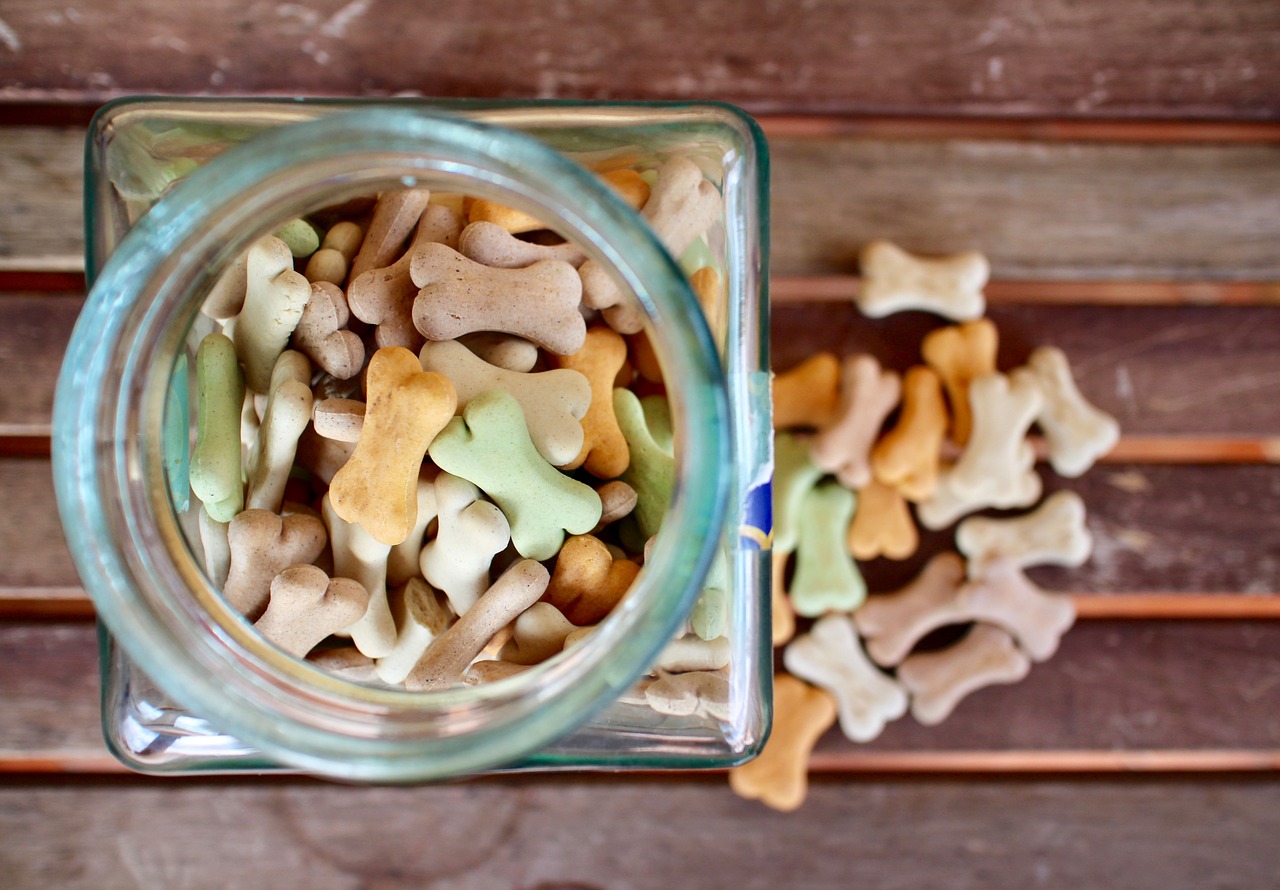
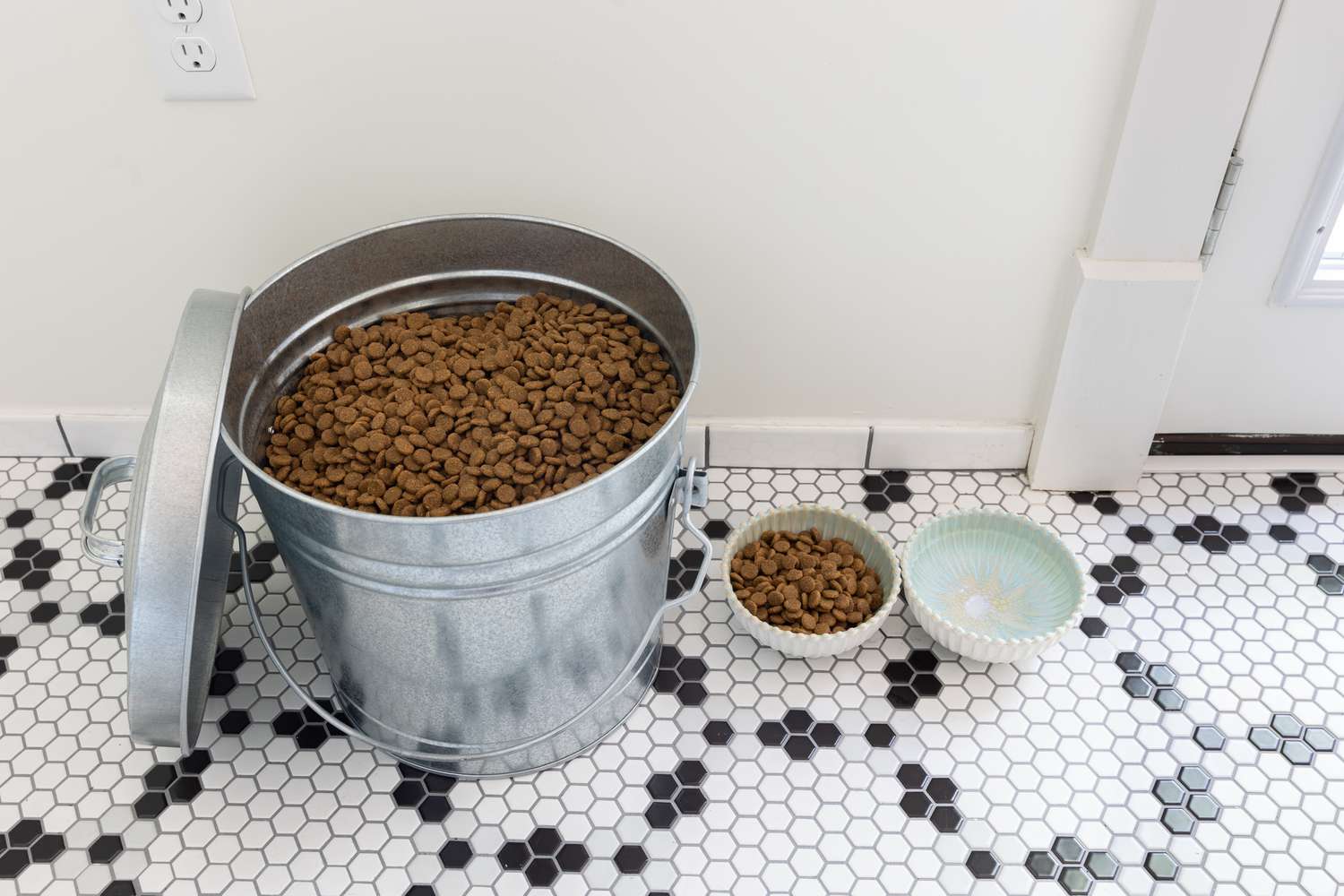
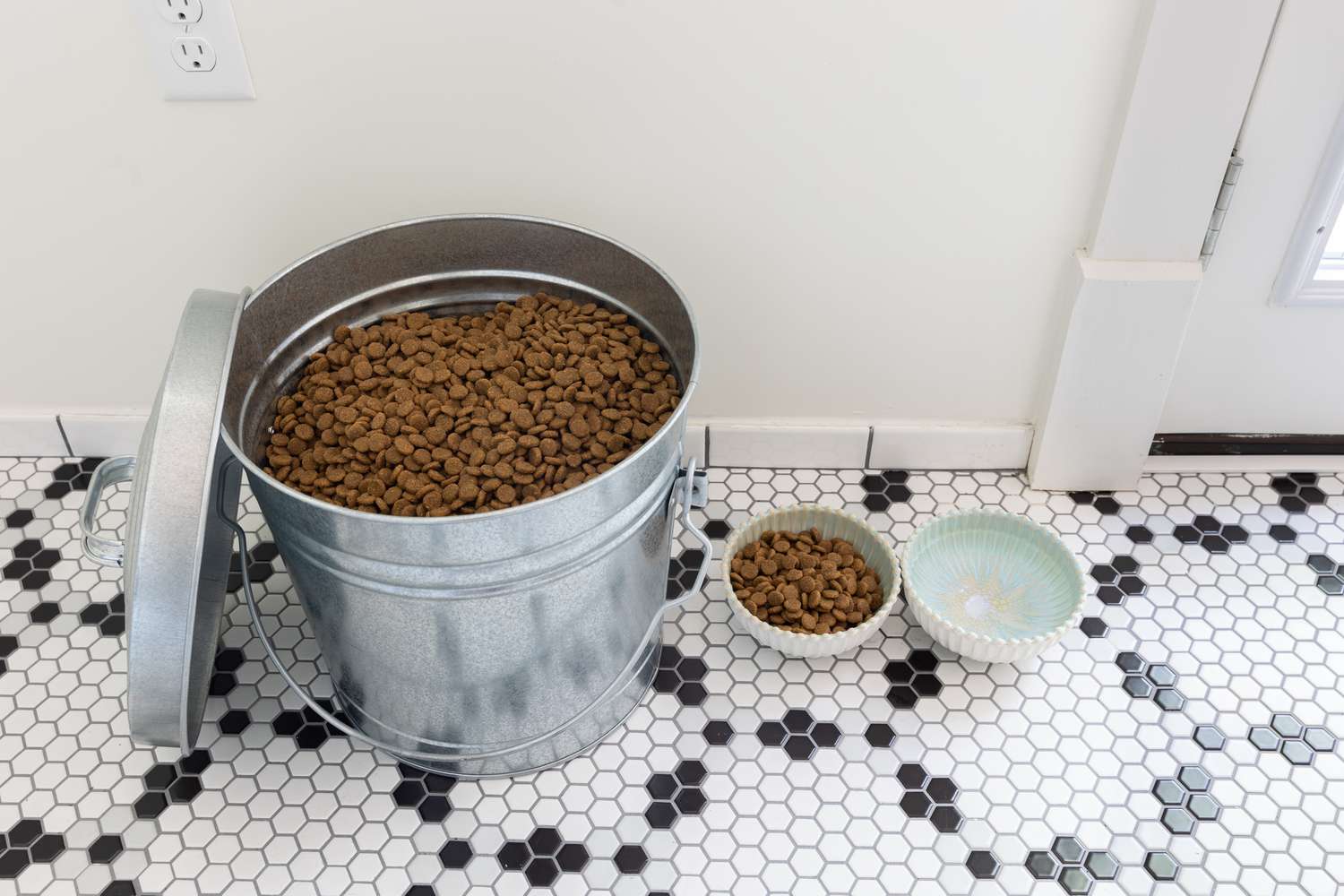

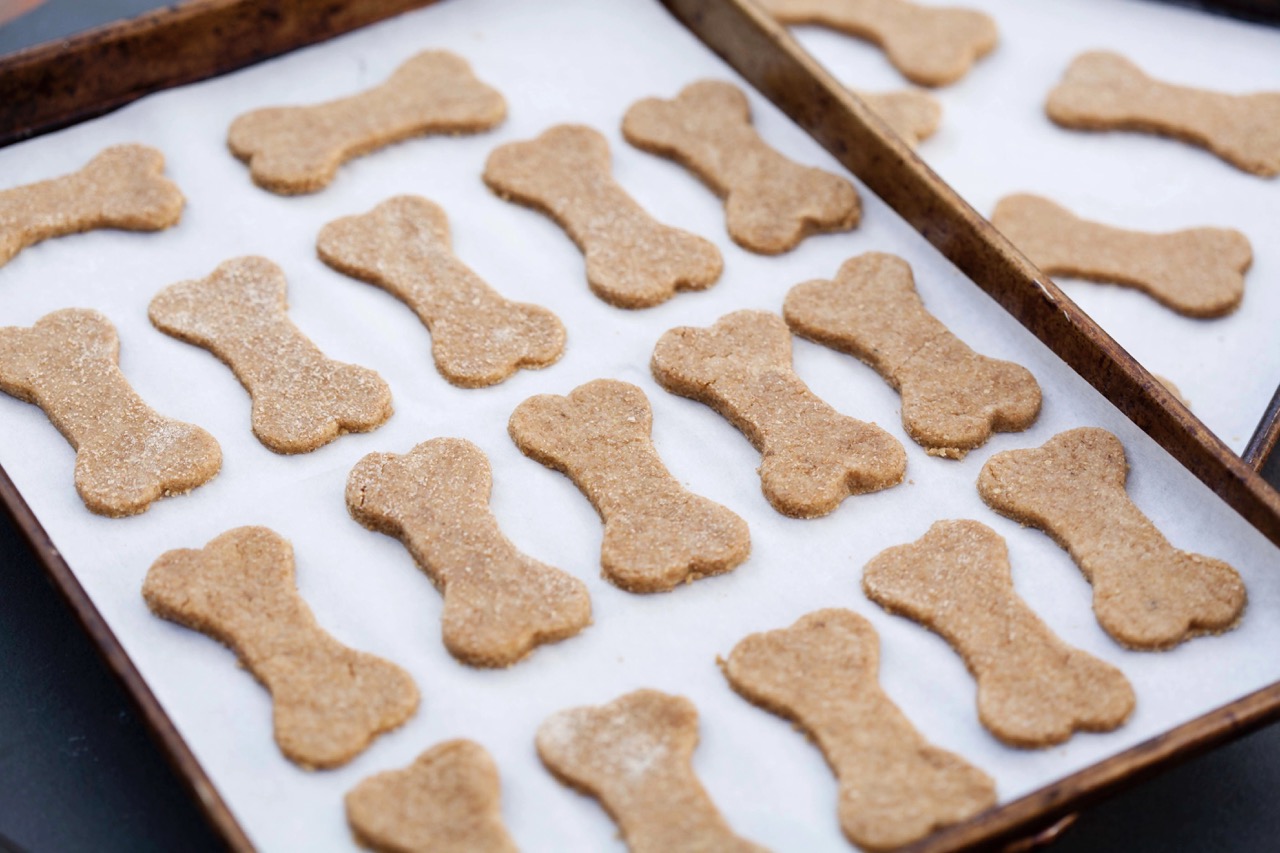
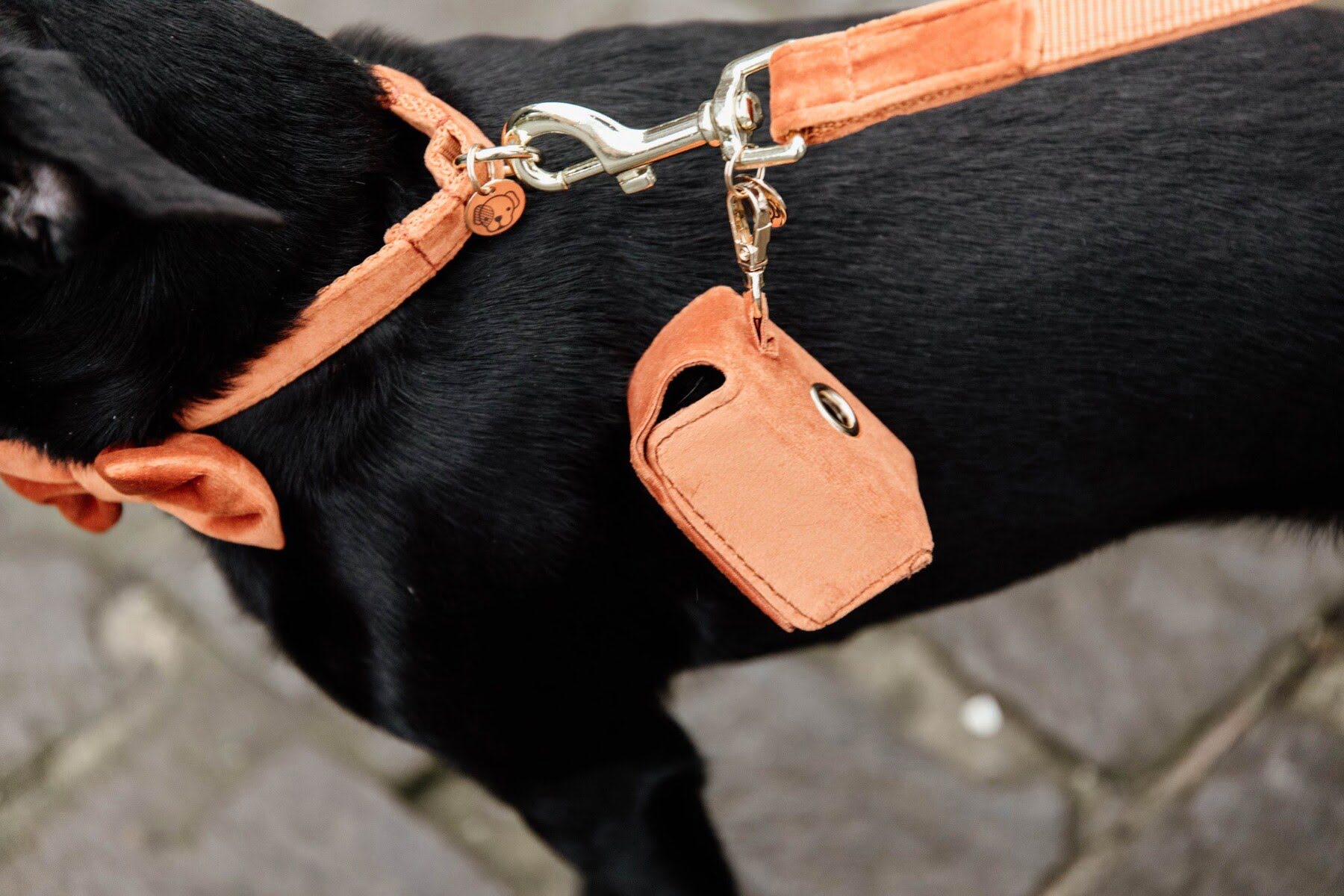

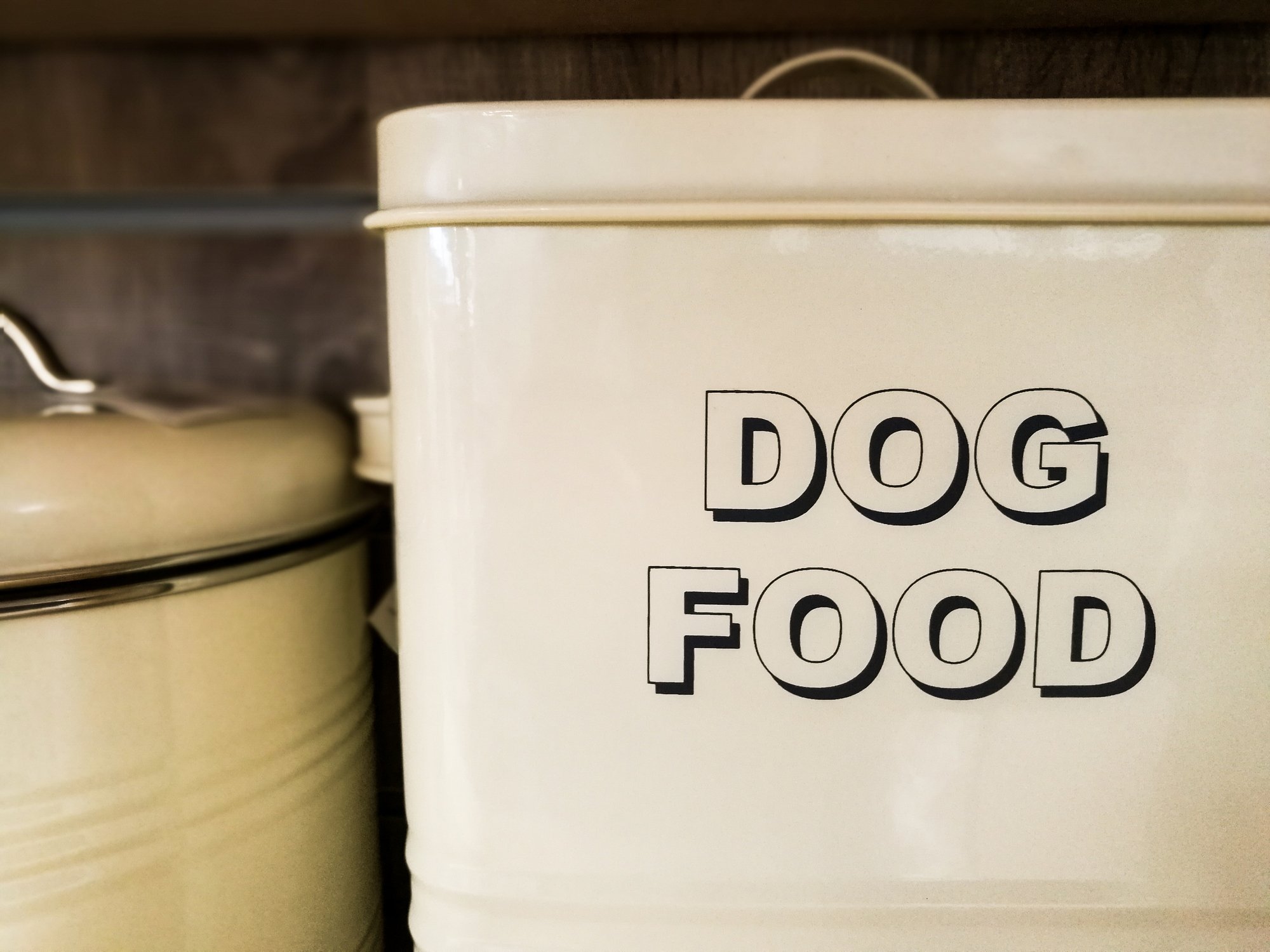
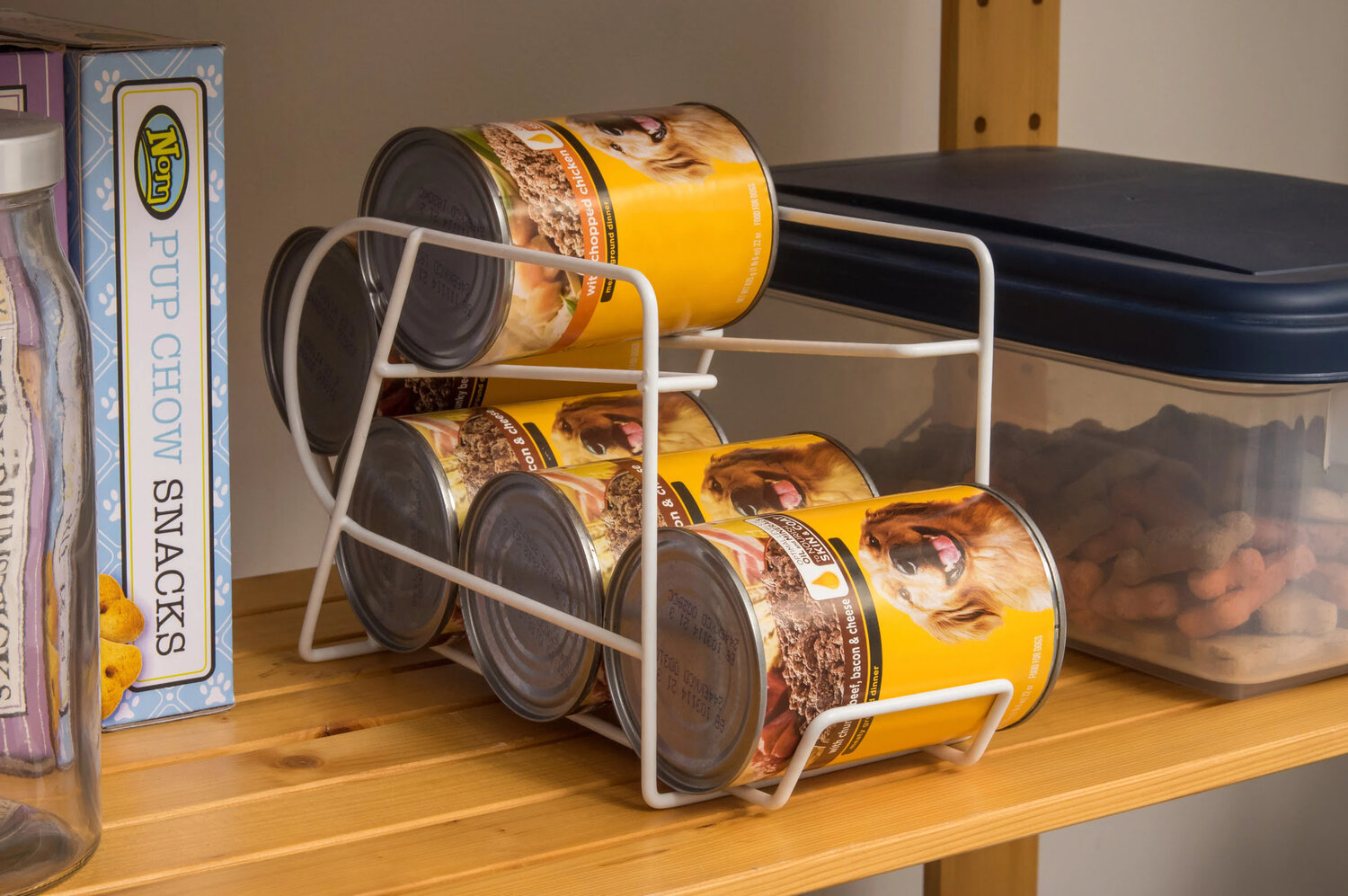

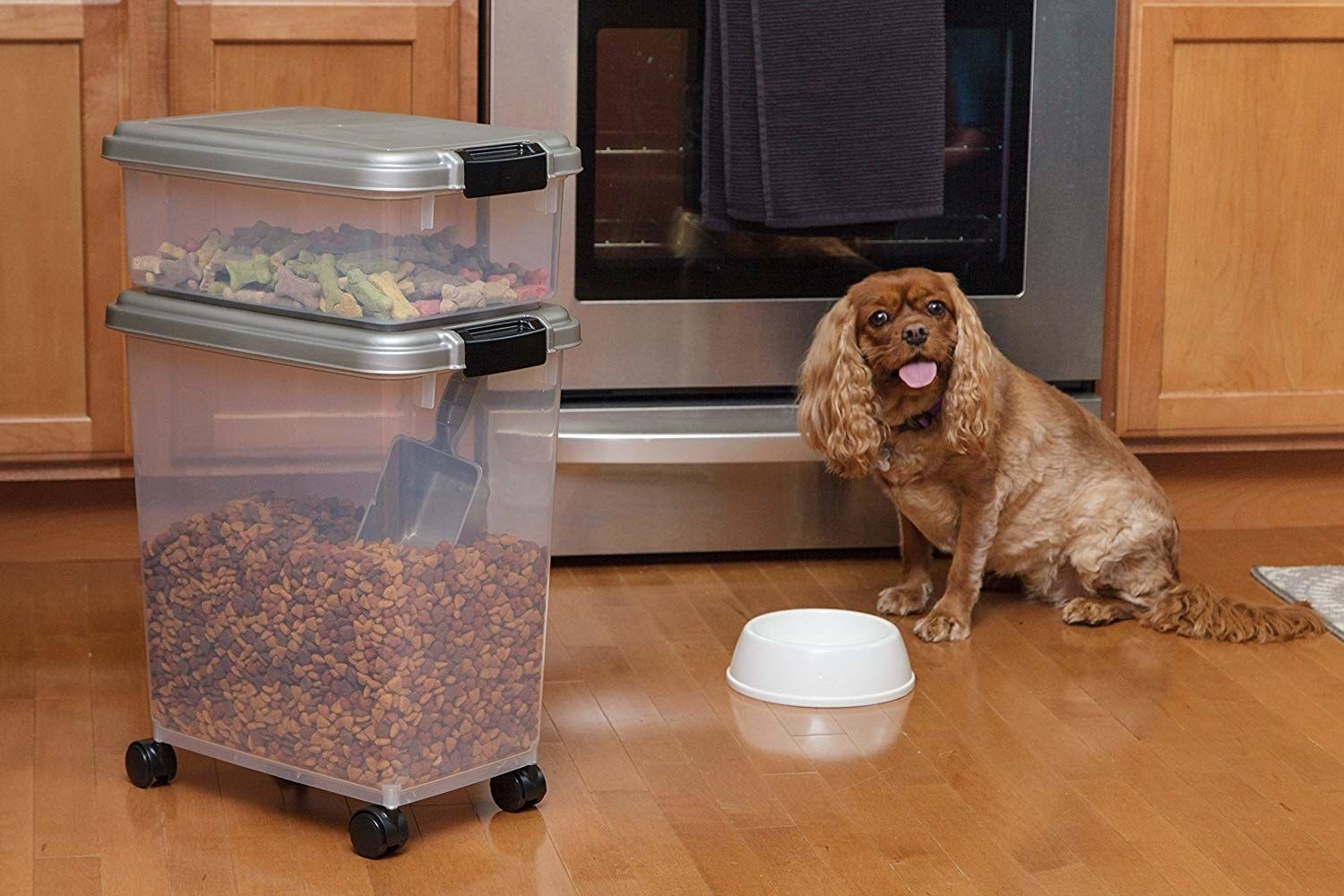
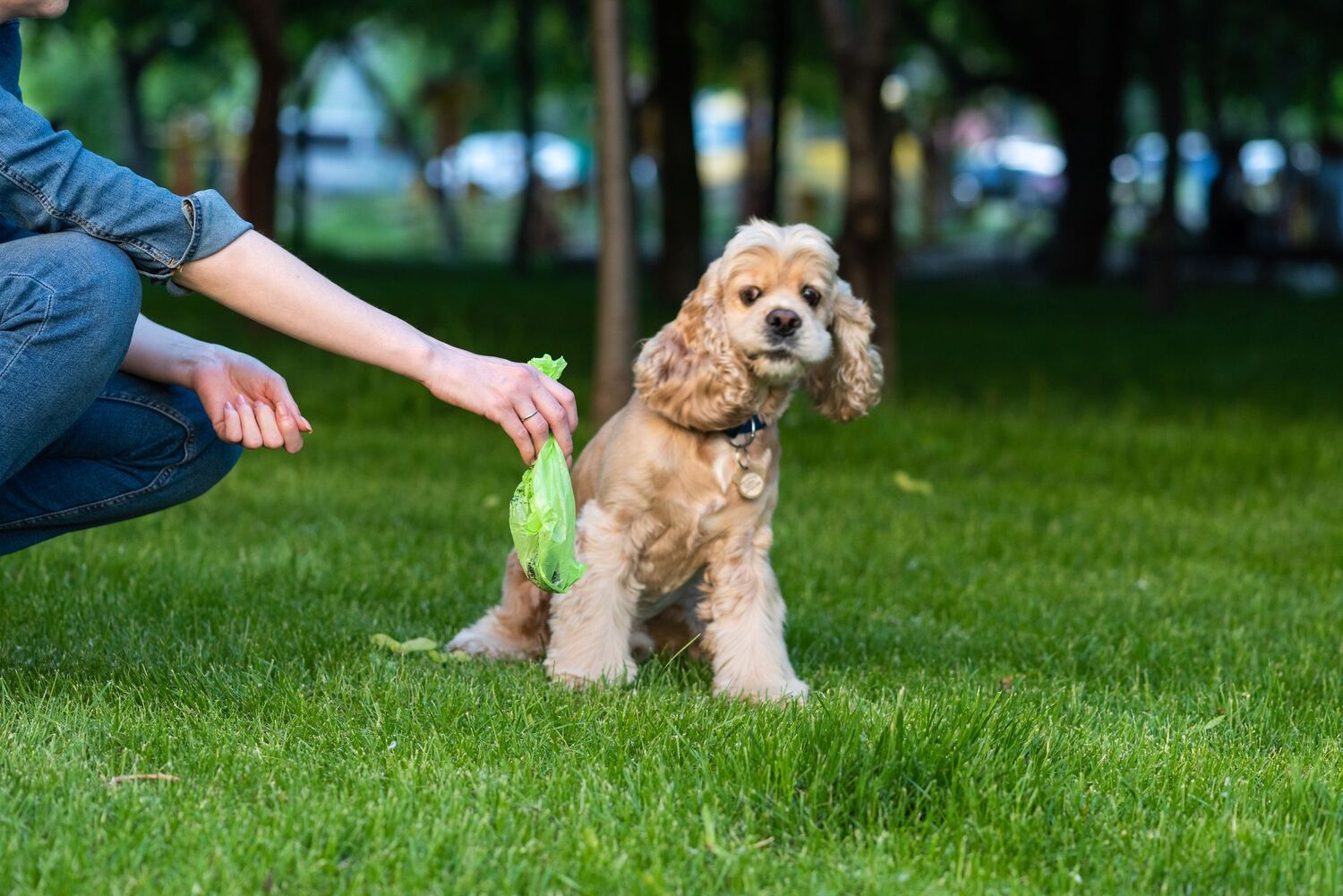
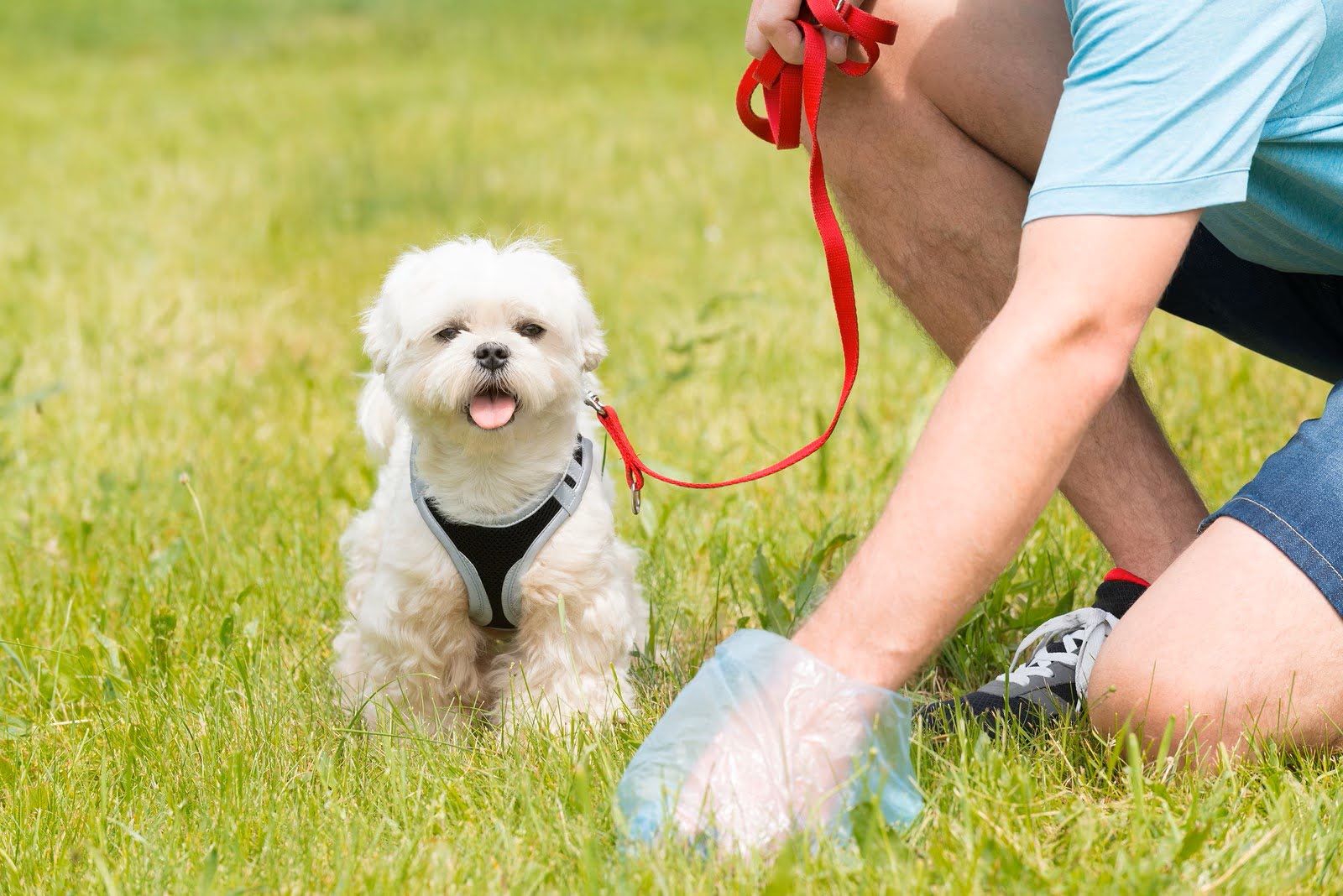
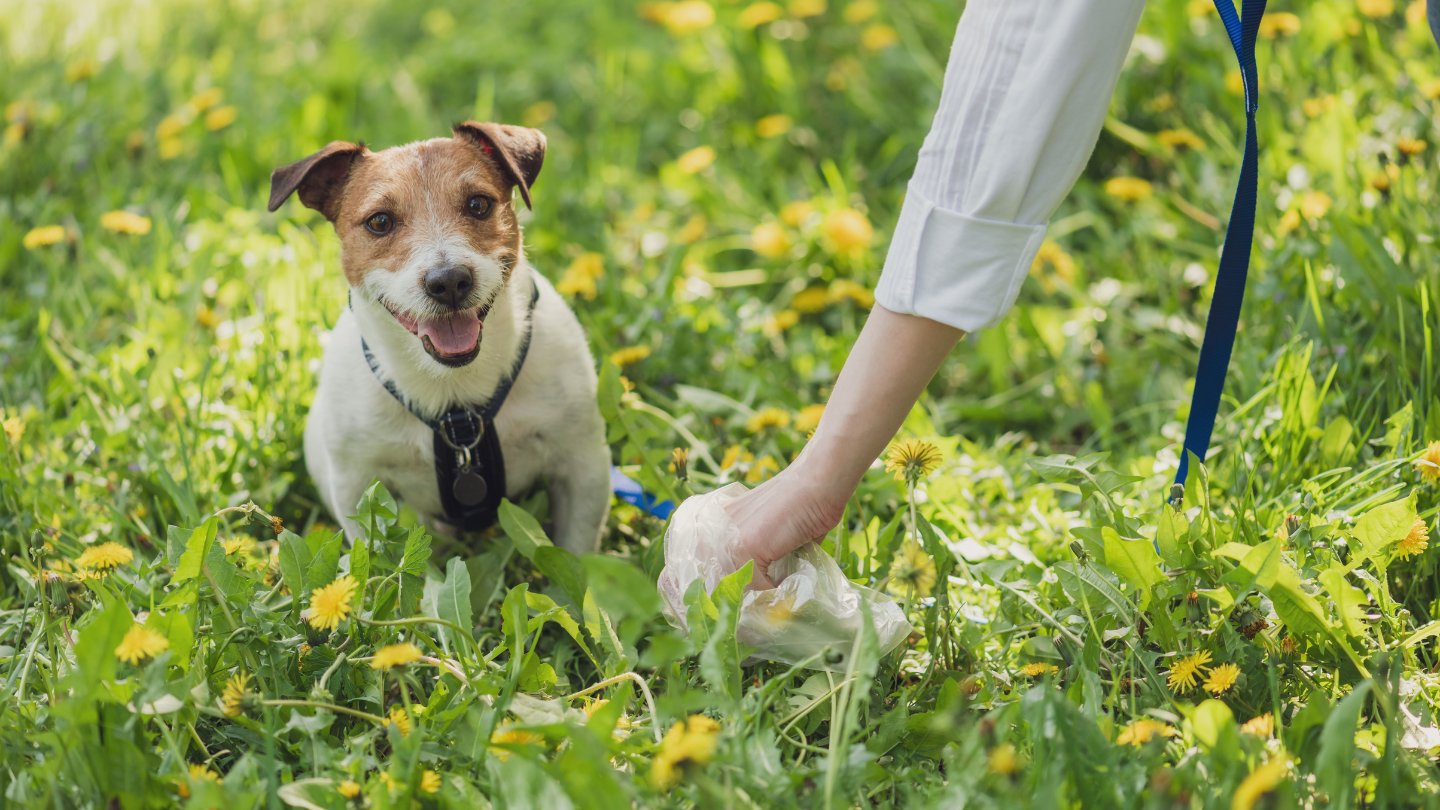

0 thoughts on “How To Store Dog Clothes”